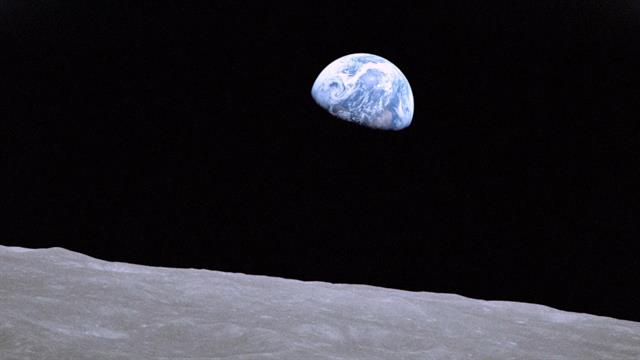
“We tend to separate the possibility of exchange of viable organisms between planetary bodies and the possibility that they can ‘seed’ a world,” Scharf says. It isn’t enough to simply arrive – organisms have to thrive. Library of Congress.īut, he says, spending two weeks in space and living to tell the tale is different from crash-landing after a decades-long interplanetary voyage and setting up shop in a new world. “We have no reason to believe that some microbes can’t survive interplanetary journeys inside of meteorites,” says astrobiologist David Grinspoon of the U.S. And organisms frozen for centuries beneath the ice in Antarctica have been revived in labs. Some microbes, like Deinococcus radiodurans, are especially tolerant of the levels of radiation they’d likely encounter during a trip to Mars. Lichens have survived the same freezing vacuum for more than two weeks. Take tardigrades, for example, the tiny, tough invertebrates that have survived 10 days in space. There are creatures on Earth that would probably consider an interplanetary trip a worthy challenge. “I’d say that a plausible, but entirely unproven, mechanism exists for the transfer of viable organisms,” Scharf says. This exchange of crusty planetary material, if it harbored the right kind of hardy organism, could conceivably transfer life from one world to the next, says astronomer Caleb Scharf of Columbia University.

Pieces of Earth have undoubtedly made their way to our neighbors. We have pieces of Mars and Mercury ( maybe), and (probably) Venus on our planet. But recent pieces of circumstantial evidence suggest that in some environments, such as the inner solar system, versions of panspermia aren’t so farfetched.įor starters, fragments of other planets have made their way to Earth. For years, the idea failed to gain strong scientific traction. Obviously, no one knows whether panspermia actually happens. Launched into space aboard blasted out bits of planetary debris, these space-faring life-forms could, upon arrival at an alien planet, survive and thrive – perhaps evolving into spiders, sharks (or spidersharks?), dandelions and elephants. Unauthorized use is prohibited.Ĭalled panspermia, the theory suggests that organisms hitchhiking from one world to another can spread the organic seeds of life throughout the cosmos. “What this means is that life doesn’t have to start over again.”

“If life can withstand the hardships of space, and endure for millennia, then it could ride the natural interplanetary transit system from world to world,” Tyson says. What if, it asks, instead of being baked from scratch on Earth, life came from the stars? Each time, when the oven timer chirped, there was no life.Įnter: Another theory that’s been simmering for years ( millennia, even). Among other things, we’ve learned that amino acids are sort of easy to make from scratch, that complex metabolic pathways can emerge from a seemingly random mix of ingredients, and that single-stranded, ribonucleic enzymes can replicate themselves indefinitely.īut none of these experiments have produced the secret sauce that sparked the first single-celled organisms. They’ve mixed salty brews, spiced them with metals and smelly gases, and jolted the mixes with electricity, or sunlight, or heat, then reset the timer and started all over with a new handful of ingredients and instructions. Some ideas suggest that life’s first gasp came from shallow ponds, warmed by a sun still in its childhood others point to bubbling hot springs, clays, ice, or to warm, energy-rich vents erupting from the deep ocean floor.įor decades, scientists have tried to replicate the planet’s primordial recipe for life. We don’t know how a pile of organic molecules, their atoms arranged in intricate rings and bridges, gained the ability to survive and replicate, to wall themselves off from a young Earth’s iron-rich seas and oxygen-free air. “But where did that message come from?”Įven on Earth, the origin of that on-switch is murky. “The essential message of life has been copied and recopied for more than three billion years,” says Neil deGrasse Tyson, on this week’s episode of Cosmos: A Spacetime Odyssey. Step one in the development of any civilization is life itself. We’re looking for them.īut in the search for life, there’s another fundamental question that has gone unanswered for millennia. Whether the universe is filled with alien beings who wish upon stars, struggle to understand the subatomic realm and argue over who’s paying for dinner is not yet known.

This is the second of three blog posts associated with this week’s episode of Cosmos: A Spacetime Odyssey, which addresses life in the universe.


 0 kommentar(er)
0 kommentar(er)
